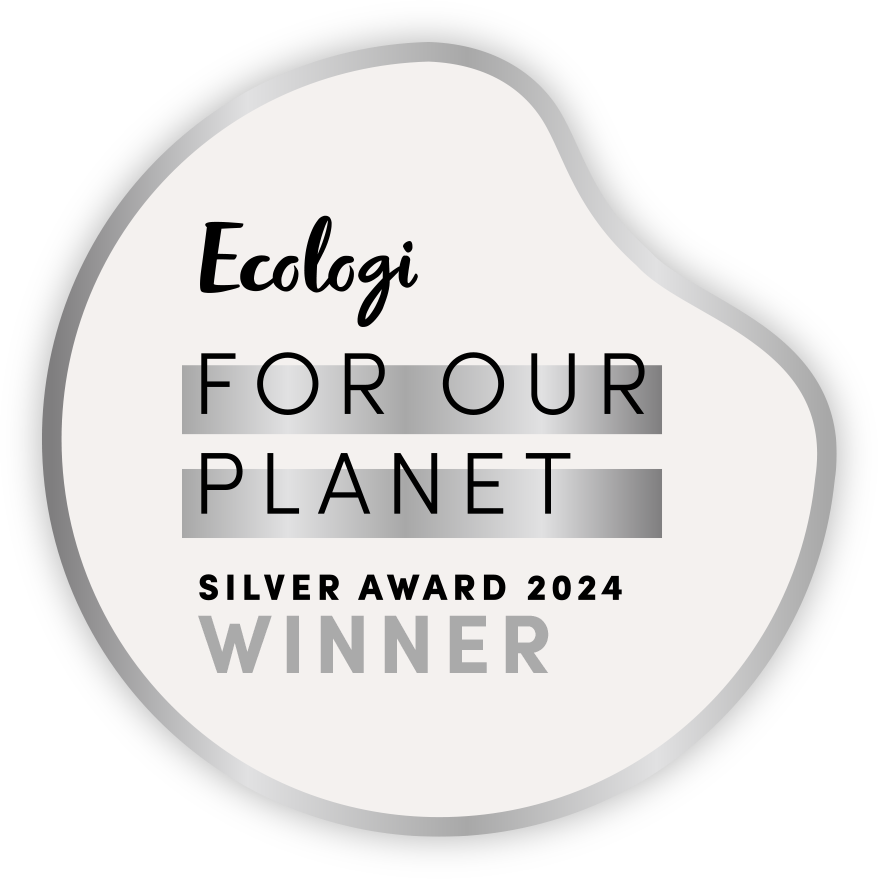As a CFO, you don’t want fluff or complexity. You want the facts. You want to know how things impact your bottom line. You’re busy, so if something is going to demand your attention, it better matter.
So when we say “nature is now a boardroom issue,” it’s not about corporate social responsibility or another ESG initiative. It’s about financial risk, operational resilience, and long-term business value.
That’s not just our view – it’s being echoed across the industry. The A4S report, The Business Case for Nature, is a useful reference point, laying out why nature is fast becoming a material concern for finance teams. But what we want to do here is go beyond the theory and give our take on what this really means for CFOs who care about commercial performance, strategic resilience and future-proofing their teams.
Nature is Already in Your P&L, Whether You See it or Not
Globally, more than half of GDP is moderately or highly dependent on nature and the services it provides. That includes clean water, fertile soil, climate regulation, pollination, flood control and more. These services underpin supply chains, secure operations, and support consumer demand, often invisibly.
But they are in decline.
Biodiversity loss, deforestation, degraded oceans and collapsing ecosystems are no longer far-off environmental problems. They are showing up in balance sheets through cost volatility, supply disruptions, insurance challenges, and stranded assets. For businesses in sectors like food and drink, construction, energy and manufacturing, the exposure is especially direct. But even service-based industries are at risk through supply chain fragility, reputational pressure and investor scrutiny.
When nature degrades, risk multiplies. Costs rise. Operations become vulnerable. Business-as-usual stops being sustainable – in every sense of the word.
This Isn’t Just for Sustainability Teams Anymore
CFOs are not expected to become environmental scientists. But you are expected to understand how your business creates and is exposed to nature-related risk. You are the person who manages capital, evaluates investments, navigates regulations and communicates with stakeholders. That makes you uniquely positioned to lead this shift.
The A4S framework outlines five steps for embedding nature into financial strategy. It starts with understanding how your organisation depends on nature, from the raw materials you rely on to the ecosystems that enable stable production and distribution. Next, you need to map how your operations, suppliers and wider value chain impact those natural systems, whether through pollution, emissions, land use or resource depletion.
From there, the task becomes identifying and quantifying the risks and opportunities that result. These include physical risks like weather-related disruption or long-term productivity loss; transition risks such as incoming regulation or changing customer expectations; and reputational risks as markets and talent gravitate towards nature-positive brands.
Finance teams also need to be aware of what’s coming externally, including growing investor demand for nature-related disclosure and regulatory initiatives such as the Taskforce on Nature-related Financial Disclosures (TNFD), which is gaining global traction. Finally, A4S advises that nature should not be viewed in isolation, but as part of a wider climate strategy. Nature and climate go hand-in-hand, and businesses that treat them separately will struggle to build coherent, future-proof resilience.
Through the Commercial Lens
Where this report excels is in helping finance professionals reframe nature as a material risk, not a reputational or compliance issue, but a factor that can (and should) be assessed through the same lens as any other strategic threat.
The report walks through specific examples that translate nature loss into hard financial outcomes. For instance, it explores how declining ecosystem services can lead to revenue disruption or reduced asset value, and how scarcity of natural resources can push up operating costs over time. It also addresses the implications of environmental degradation on funding access, especially as banks and investors begin tying the cost of capital to ESG and nature-linked criteria.
At the same time, it presents a compelling upside. Companies that lead on this front can unlock efficiency gains, qualify for nature-positive finance products and strengthen customer and investor confidence. By taking action now, finance leaders can reduce exposure and protect long-term value, while also positioning their organisations to benefit from future innovation and growth tied to regenerative and sustainable practices.
This is a Strategic Opportunity, Not Just Risk Management
Nature-positive action is more than just avoiding risk; it can become a source of competitive advantage and improved profitability. Some of the world’s most successful brands are showing that investing in nature isn’t a cost – it’s a multiplier.
Take Unilever, for example. The company’s Sustainable Living Brands – those with strong environmental or social purpose, including Dove and Ben & Jerry’s. These brands consistently outperformed their portfolio average in both growth and margin. By investing in sustainable agriculture, reducing water use and improving supply chain resilience, Unilever has made environmental performance a commercial edge.
Another standout is Danone, which has made regenerative agriculture a core pillar of its sourcing strategy. In 2020, it committed to sourcing 100% of its ingredients from regenerative farming by 2030. This is great for biodiversity and it builds long-term supplier stability, which strengthens consumer trust in increasingly eco-aware markets.
In 2020, Microsoft pledged to become “carbon negative” by 2030 and remove all its historical emissions by 2050. But beyond climate, Microsoft is also investing heavily in ecosystem restoration and water replenishment. Why? Because it recognises that future infrastructure and cloud expansion depend on a stable natural environment, like using water-based systems to help cool its data centres. The company is also well aware that its customers demand accountability in this area. Since making those nature and climate commitments, Microsoft has seen continued strong share price growth and improved institutional investor sentiment.
The common theme here is that these companies didn’t wait for regulators to force their hand. They acted early because they saw how environmental degradation could disrupt supply, devalue assets, inflate costs and erode brand equity. They understood that responding to those risks with strategic investment in nature could drive loyalty, attract capital and reduce volatility.
This is Everyone’s Business
The message for CFOs is clear: nature risk is financial risk. And that makes it your business.
You don’t need to do everything at once. But you do need to start by asking the right questions. Where does your business depend on nature? Where does it impact it? How resilient are your assets, operations and supply chain in a nature-declining world? What will it cost to ignore these questions, and what could you gain by addressing them?
At Core3, we work with finance leaders who are ready to think differently about strategy, about risk and about the role of the finance function in shaping a more resilient and forward-looking business.
If you’re looking to build a team that can meet those demands, we’d love to help. Reach out and let’s chat.
Because finance doesn’t just report the future. It helps build it.





